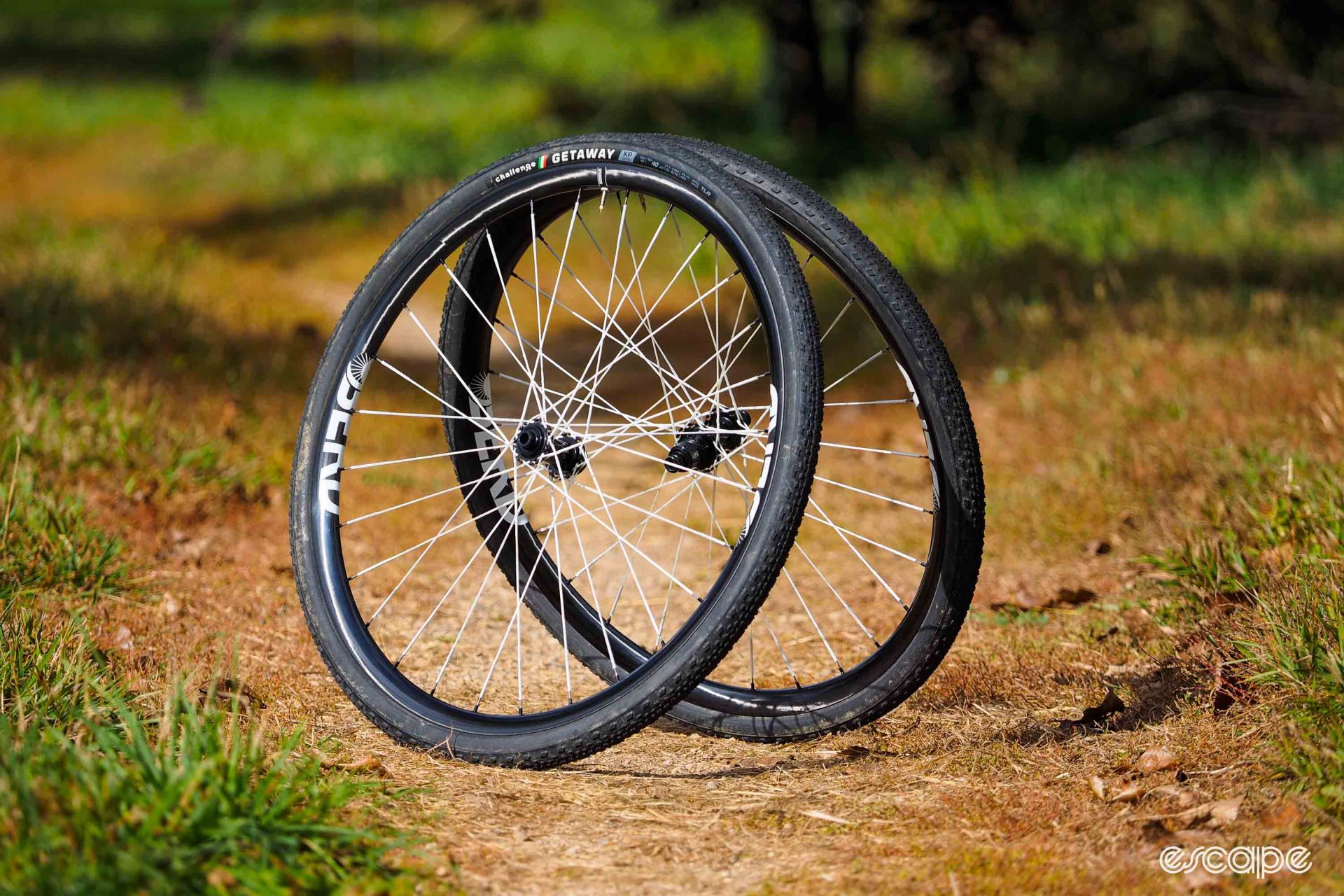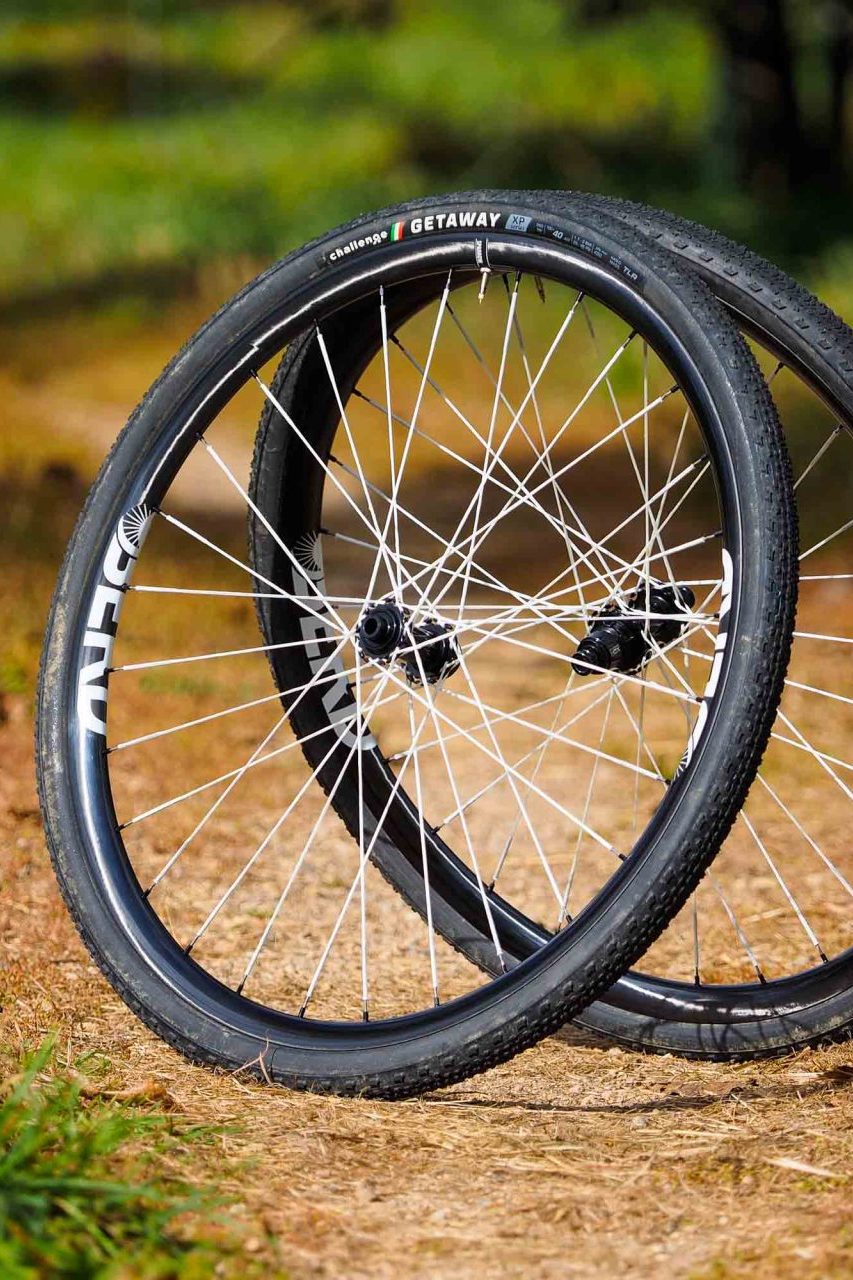Berd made a name for itself in the bicycle world back in 2018 with its radically different woven UHMWPE (ultra-high molecular weight polyethylene) spokes – basically super fancy plastic. They’re ultralight, remarkably strong, and offer a distinctly smooth ride quality that steel can’t match.
But spokes only get you so far, and Berd started offering complete wheelsets a year later. The new Sparrow isn’t the company’s first gravel model, but it’s certainly its lightest one yet – of any discipline – with an astounding 1,065 g claimed weight that lops more than 100 g off of its already-wispy GVX25.
And they feel every bit as light as they sound.
The short of it: Berd’s latest ultralight gravel-focused wheelset, built with a wispy 25 mm-wide carbon fiber rim and innovative woven polymer spokes.
Good stuff: Incredible acceleration, fantastic ride and build quality, easy tubeless setup, comparatively reasonable price.
Bad stuff: Poor aerodynamic performance, unproven rim impact toughness, questionable hub durability.
Light as a feather
Berd had a single primary goal in mind for the Sparrow: low weight. The carbon fiber rim boasts a healthy 25 mm internal width with a semi-hooked tubeless-compatible tire bed (rated to 70 psi with a 28 mm-wide tire, according to Berd), but it’s only 25 mm deep to minimize the amount of material that goes into it. Claimed rim weight is a staggering 265 g, and built up with 28 spokes front and rear, and Berd’s own Talon hubs, the total weight comes out to an incredible actual weight of just 1,094 g per pair (487 g front, 607 g rear) with tubeless tape, but without tubeless valves (14 g per pair).
To put that into context with other ultralights, that’s 70 g lighter than the Syncros Capital SL, 50 g lighter than the Partington MKII R39/44, and 130 g lighter than the Lightweight Obermeyer Evo. Granted, all of those are dedicated road wheels with moderately deeper rims than the Sparrow and are more aerodynamic, but they’re also far more expensive at US$4,600, US$6,400, and US$8,700, respectively: about two, three, and four times the comparatively affordable US$2,200 asking price of the Berds (Berd sells outside of the US, too, but says international prices are based on current exchange rates).
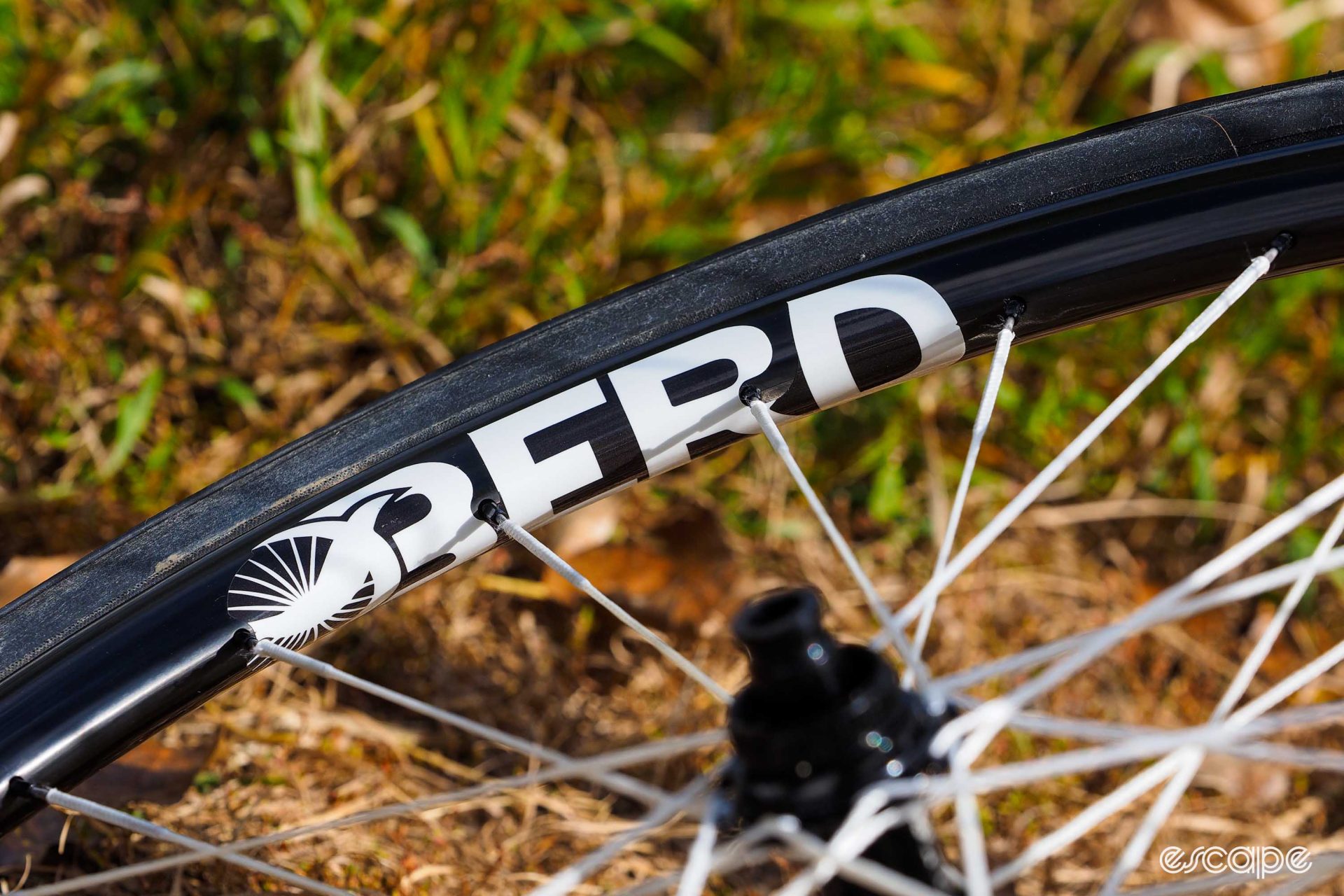
To be clear, this isn’t exactly an apples-to-apples comparison given how those other wheels are constructed (one-piece molded carbon fiber) and their intended use (high-performance road riding), but Berd nevertheless claims the Sparrows are more than up to the task of tackling typical gravel-riding terrain.
“We wanted to have the lightest 25 mm wheels that we could produce while still being strong,” said Berd sales director Rob Stepaniak. “Our first batch of rims were remarkably light, but they just didn’t hit the impact strength that we were looking for. That said, I’ve been running those protos for the better part of a year and I can’t break them.”
Yeah, I know what you’re thinking. Sounds too good to be true to me, too.
One thing about the rims that’s worth noting: they’re not ETRTO-compliant since there’s no provision in the technical guidelines for a semi-hooked format like what Berd is using for the Sparrow.
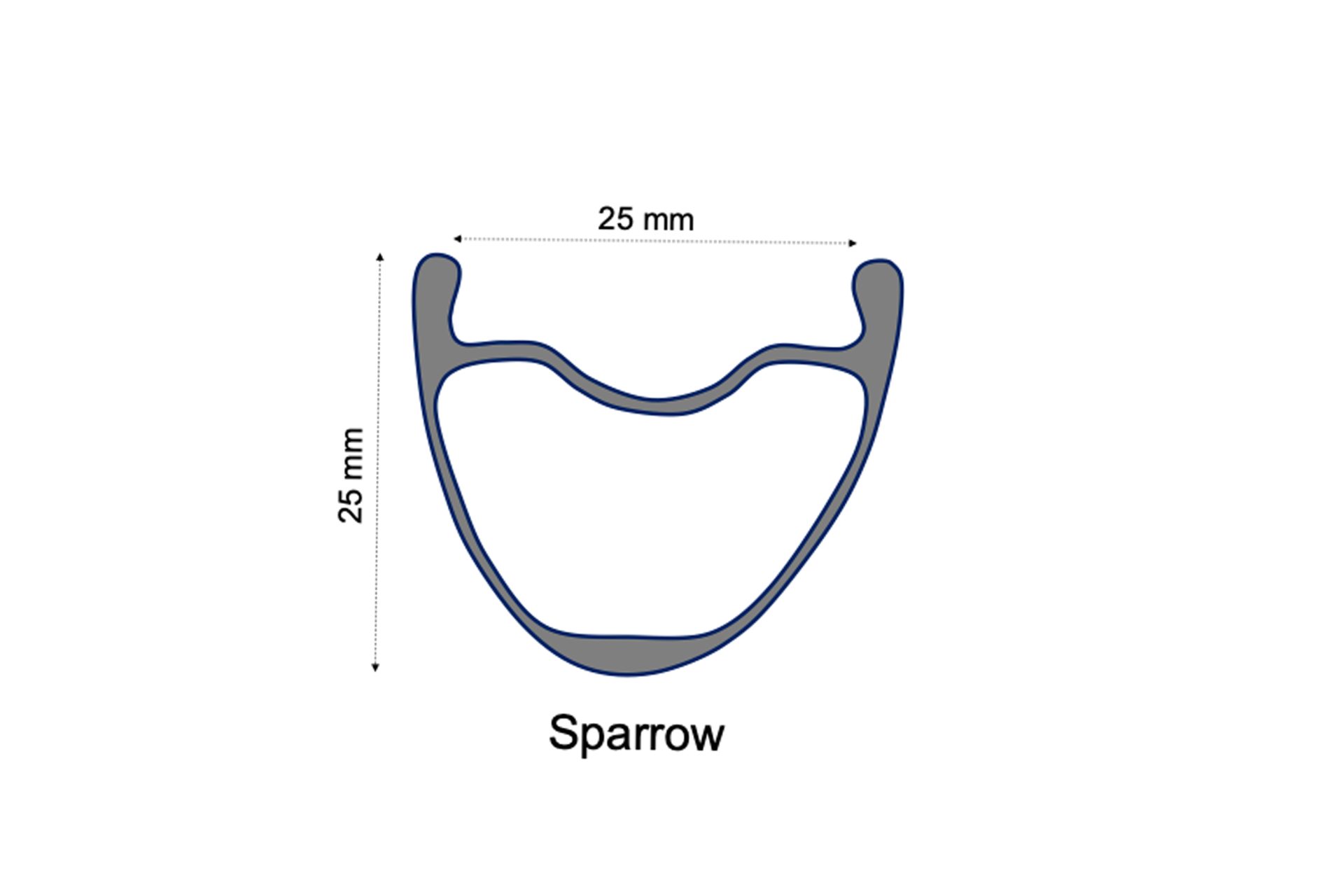
“We do classify this rim as a hooked, tubeless crochet (TC), rim, but you are correct that the 2023 ETRTO guidelines do not recommend the 28c/25 mm rim option and this is moved to the Previous Standard Data [indicating a combination that was previously deemed acceptable but no longer falls within current guidelines – Ed.],” Stepaniak explained. “So, I would say that our recommendations do not follow the 2023 ETRTO guidelines. In conjunction with Kenda, we performed tire blowoff testing of 28c tires and we feel the maximum pressure of 70 psi for a 28c tire is a safe and conservative recommendation for these wheels, and matches similar recommendations from other major wheel manufacturers.”
Plastic fantastic and lookalike hubs
Seeing as how those unusual woven UHMWPE spokes are what put Berd on the map, it’s worth taking a little time to go into those in some more detail.
Much as aramid fiber is better known by one of its common trade names – Kevlar – you might be more familiar with UHMWPE as Spectra or Dyneema. As compared to aramid, UHMWPE is about 30% lighter yet roughly twice as strong, it’s less prone to abrasion, and has a much better fatigue life. It’s also renowned for its stretch resistance (Specialized used it in its S-Works shoes for a while), it’s resistant to most solvents and extremely tough (making it much more impact-tolerant than carbon fiber), and it’s excellent at damping vibration.
When you combine its low density and high strength, UHMWPE boasts a strength-to-weight ratio about 5-12 times greater than steel (depending on the exact formulation and who you ask), and it’s even highly resistant to wear. The biomedical industry even uses UHMWPE as artificial cartilage since it’s immunologically inert and self-lubricating when used as a solid bearing surface.

In short, UHMWPE is pretty incredible stuff, which is why it’s commonly used for lightweight applications of high consequence, such as parachute lines and ballistic armor. It’s also the material of choice for sailcloths and fishing lines.
Berd’s UHMWPE spokes are woven into a tubular form, sort of like a shoelace. The hub end is fashioned into a loop, while the other end is affixed to a threaded metal end so it can work with standard 14-gauge nipples. Berd says each of its spokes only weighs about 2.5 g – about half that of high-end steel spokes – and can save about 100-200 g per pair of wheels as compared to a more conventional build. Despite the fact the spokes are so flexible you can wrap them around your finger, Berd says there’s no rider weight limit.
The spokes do make for a somewhat quirky build process at the hubs, though. The loops will fit through conventional spoke holes, but inserts have to be added to keep them from pulling through, and Berd recommends exercising care to ensure there are no sharp edges in the flanges. And at the other end, it’s even more critical than usual to use the supplied wrench flats on the metal insert when turning the nipple. As you’d imagine, that flexible woven construction will twist pretty easily.
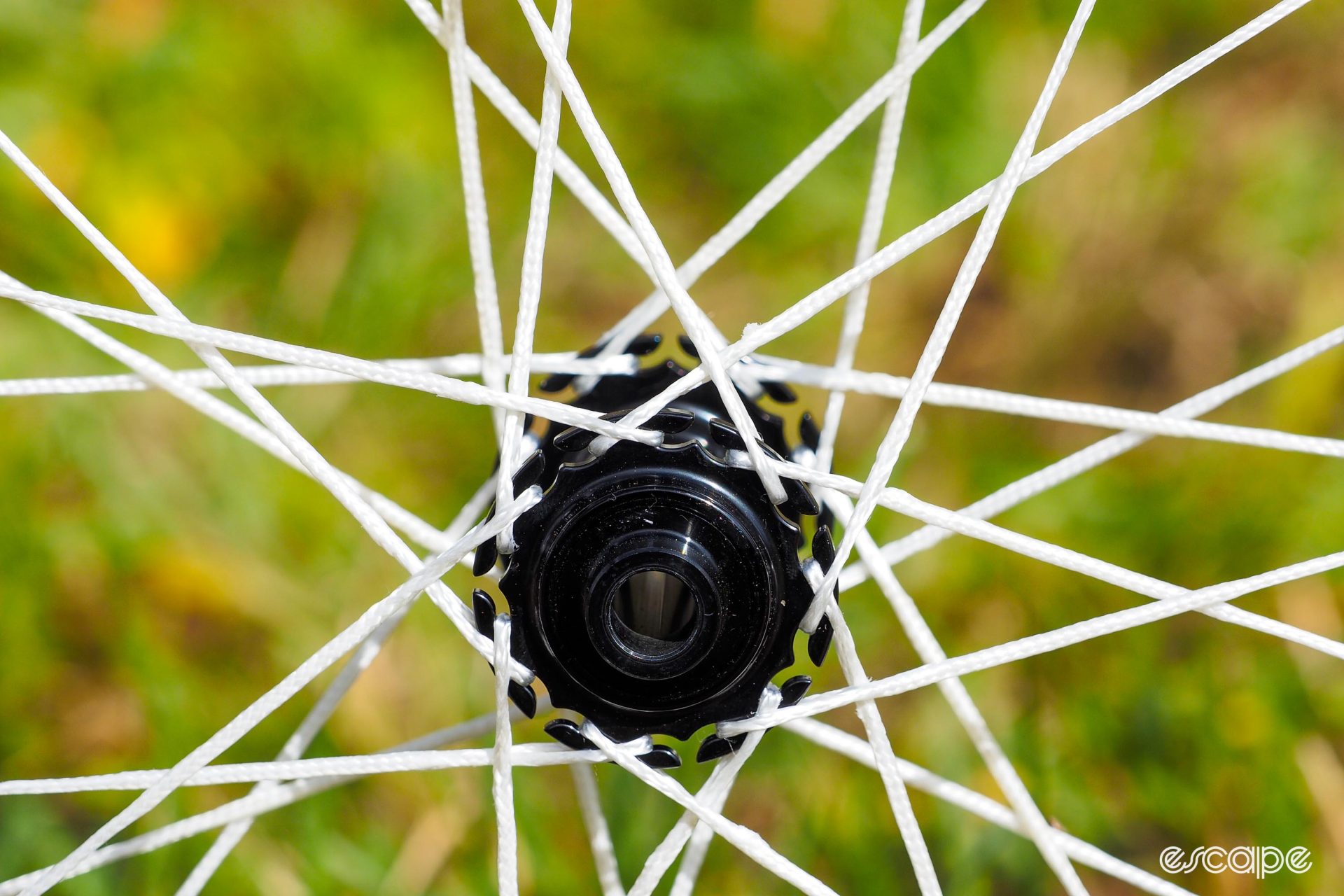
To get around the loop issue, Berd uses hubs of its own design for the Sparrow called Talon (Berd clearly likes the whole avian theme). Instead of the usual spoke holes, the flanges have opposing pairs of hooks to anchor the spoke loops. Other features for the Talon hubs include aluminum shells, 17 mm-diameter front and 15 mm rear aluminum axles, interchangeable end caps, and sealed cartridge bearings throughout: four in the rear, two up front. The rear hub uses a DT Swiss-style star ratchet driver body with individual coil springs, and while Berd can’t legally say so, the ratchets and freehub bodies are fully compatible with actual pre-Ratchet EXP DT Swiss ratchet rings and freehub bodies. 36-tooth ratchets are standard for a 10º engagement speed, but 54-tooth ones are an available upgrade.
Claimed weight for a pair of Talon hubs is 359 g, give or take, depending on the exact freehub specification.
Flying on gravel
Just about anyone that says they can feel a 50 g decrease in a total wheelset is probably fooling themselves. A hundred grams? Maybe. But switching to the Berd Sparrow from a typical high-end carbon fiber gravel wheelset is akin to removing one tire completely in terms of the effect on rotating weight, and you’d better believe that four hundred grams is noticeable. And if you’re coming off of a midrange aluminum set sitting closer to 1,800-1,900 g, moving to a set of Berd Sparrows is just ridiculous.
Yep, I know that even that amount of weight loss is a very small difference when viewed in the context of the complete bike-plus-rider system. And yes, I know what the math says in terms of climbing speed with respect to lowering your equipment weight by even a few hundred grams. But that’s not how our brains work, and I’d argue that people who like to say that rotating weight is no different from static weight have never lopped off that big a chunk in one fell swoop.
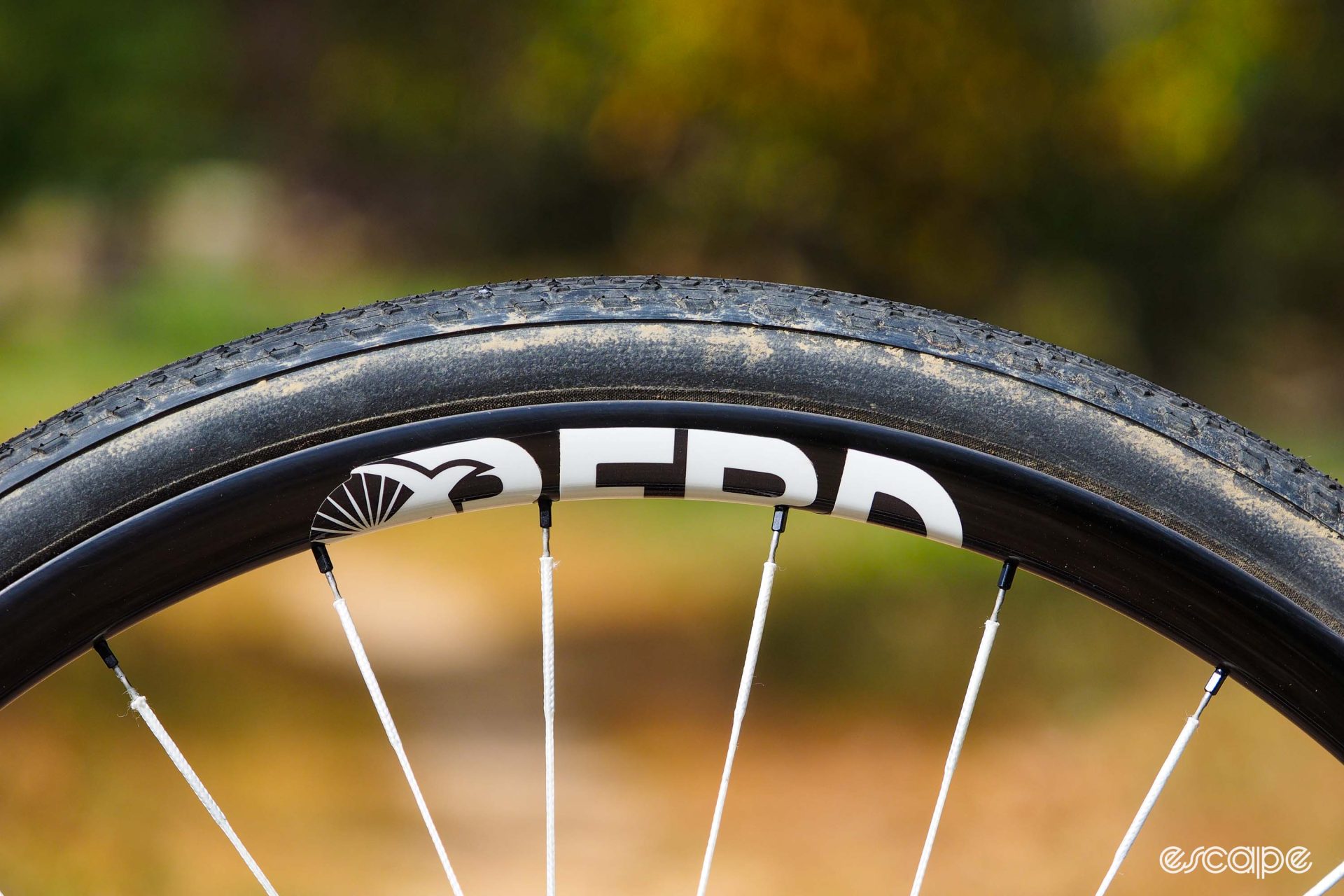
It takes but a couple of pedal strokes to feel how much more eagerly the Berd Sparrows spin up – even when compared to something already pretty decently light like the Reynolds ATR (1,685 g claimed weight per set). Big changes in speed like all-out sprints are where that weight loss is most noticeable, but even with smaller oscillations – like steady-state climbing – it’s impossible not to feel how much less inertia you’re dealing with on every pedal stroke. The effect is staggering.
Instantly lopping off that much rotating mass also has a tangible effect on the bike’s handling. While the gyroscopic effect of rotating wheels isn’t actually what keeps you upright while riding a bike, reducing that gyroscopic effect still makes it easier to move the wheels out-of-plane, making the bike feel more nimble and eager to turn – and, at least to me, more fun to ride. The bike is more tossable and easier to flick through successive turns, and just feels lighter in your hands.
As I’d noticed with another set of Berd wheels I’d ridden recently (my review of the Hawk30 mountain bike wheels is coming soon, I promise!), the ride quality of the Sparrows is worth highlighting. They don’t feel soft in the traditional sense, and they’re very stiff side-to-side, handling with admirable precision. However, for as amazing as UHMWPE is as a material, even Berd admits its spokes are “about 15% less stiff than a Sapim CX-Ray” in terms of stretch.
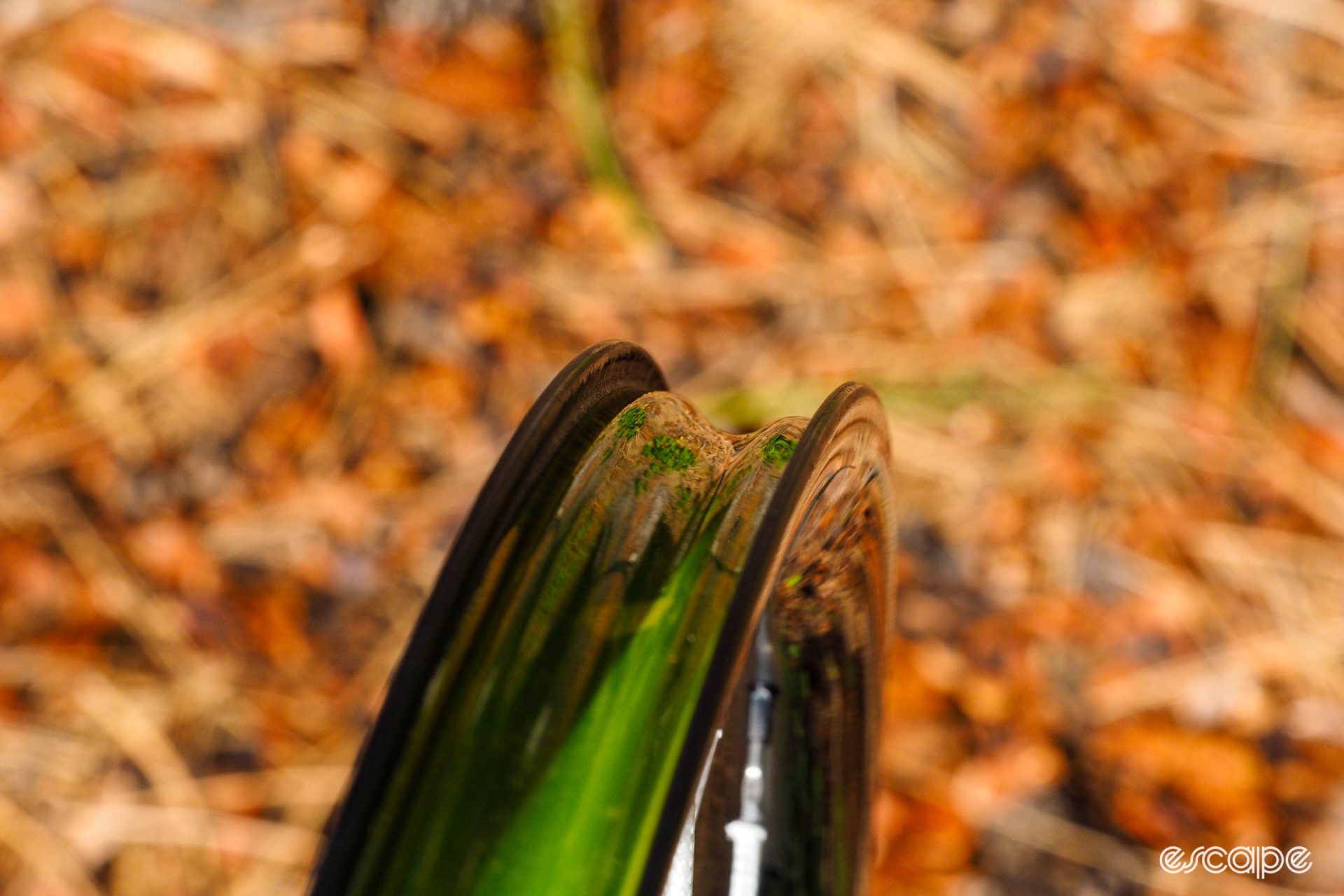
Between that slight bit of stretchiness and the damping performance of UHMWPE relative to steel, the Sparrows have an oddly planted characteristic out on the road or trail that I can only describe as “quiet”. High-frequency chatter is effectively canceled out and they’re weirdly comfortable, but yet they still manage to feel distinctly solid underneath you.
It’s an strange sensation for sure, but one that a number of Berd users confirmed in their own experiences. Let me put it this way: I’ve got a set of new mountain bike hubs and rims to build up, and there isn’t a question in my mind what spokes I’m using.
That said, as much as the Berd Sparrow wheels had a positive effect on acceleration and handling agility, I can’t say they’d be my first pick for gravel racing – or a lot of high-speed riding in general. Low weight helps when it comes to changes in speed, but it doesn’t do much of anything in terms of maintaining that speed. Aerodynamic efficiency is far more important there, and that’s also where the Sparrows unfortunately fall short.

Those woven polymer spokes may be incredible in a lot of ways, but they may as well be miniature air brakes with their round profiles, 2.0 mm-diameter center sections, and 3.0 mm diameters at the rim ends (Berd claims they’re 1.8 mm in the middles). The shallow 25 mm rim depth doesn’t exactly help, either, and the 29.5 mm external rim width doesn’t make for an aerodynamically smooth combo with higher-volume gravel tires. As remarkably as the Sparrows accelerate, heavier – but more aerodynamic – wheels like the Hunt 42 Limitless Gravel Aero hold that speed better and would still be my choice for things like gravel racing and fast group rides.
My old materials science engineering degree also prompted me to inquire about long-term creep (basically very slow deformation over time) given the polymer spoke material and the relatively high tensions.
“Riders may find that they need to adjust the spoke tension/true/dish within the first six months as the spokes may experience a small amount of additional creep,” Stepaniak said. “Once our spokes have been tensioned to their final length they are done stretching. More often than not, riders won’t have to do anything with their wheels, possibly never. Once the spokes are at their final length they will be more stable than wheels built with metal spokes.”
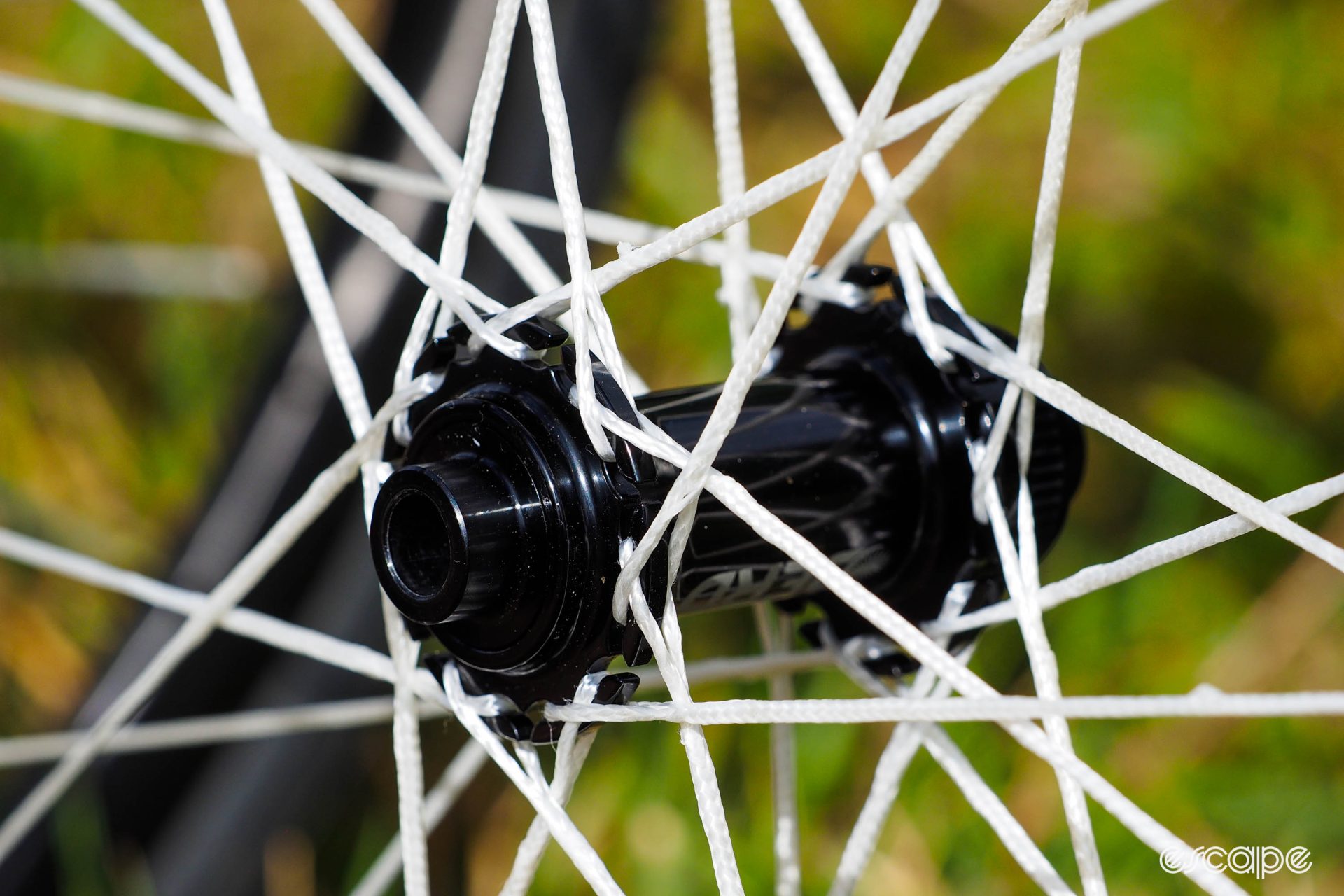
Extreme heat was another concern of mine since, again, that sort of thing is generally less friendly with polymers than metals.
“If you wouldn’t do it with a carbon fiber wheel, don’t do it with a Berd wheel,” Stepaniak continued. “Berd spokes are fine for normal periods of time inside a car but it’s not good to keep anything in direct sunlight inside of a hot car, period. The worst that would happen is that the spokes could detension, requiring a touch-up to the tension and true.”
So in other words, these spokes may perform extremely well in many ways, but they’re not without their quirks.
I’ve got some concerns about rim durability, too.
My local gravel riding includes plenty of high speeds and sharp-edged rocks, and a handful of hard bottom-outs thankfully didn’t produce any noticeable rim damage or pinch flats. That said, the extremely low rim weight gives me pause. Berd doesn’t use a wider rim edge on the Sparrow like it does on some of its mountain bike rims to spread out the impact load, either, a decision Stepaniak says purely boiled down to weight.
“Realistically, it came down to weight for these wheels,” Stepaniak said. “An added lip adds extra weight and we wanted to hit the lowest possible mark while still being strong.”
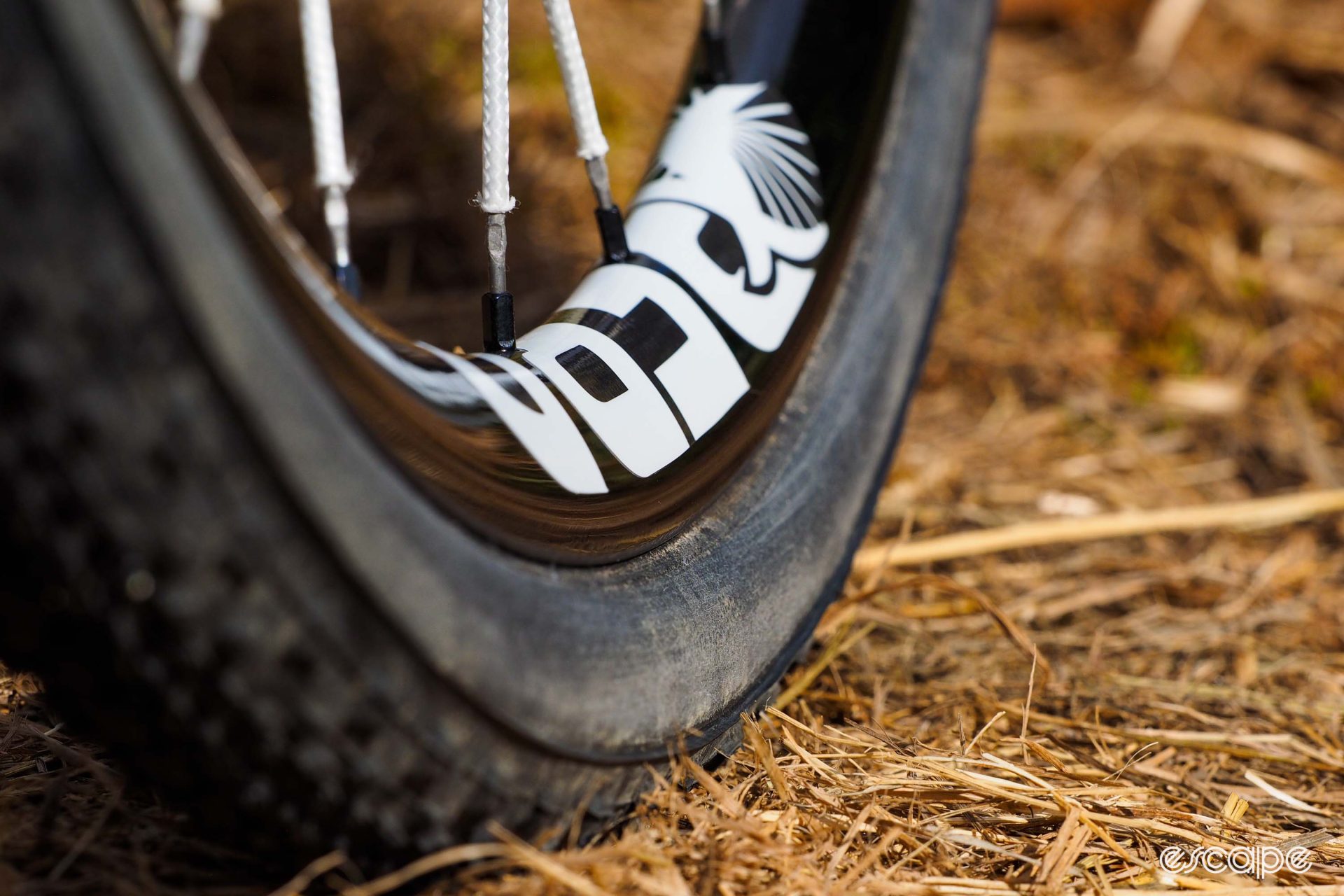
Berd offers a lifetime no-cost crash replacement policy to its Hawk range of mountain bike wheels, both of which use a carbon fiber rim made by We Are One Composites in Kamloops, British Columbia. The one for the Sparrow is still pretty generous, but definitely not as good. The original owner is covered for five years, and “the damaged Berd wheel will be replaced or repaired to new condition for US$200.”
Finally, the build quality of my test wheels was excellent overall, with admirably even spoke tensions and dead-on trueness and roundness on both wheels. But unfortunately, those Talon hubs were a little more disappointing. There’s no issue with the driver design; count me among the legions of fans of that legendary DT Swiss star ratchet mechanism. However, both the front and rear axles felt notchy out of the box, which suggests to me either a heavy-handed bearing installation or bearing bores that are ever-so-slightly smaller than they should be.
The Talon hubs on the Berd mountain bike wheels I tried earlier this season felt perfectly smooth, but even for house-brand hubs, I expect better than one-out-of-two odds. Berd will also offer the Sparrows with any number of other hubs with more proven track records, including Onyx, DT Swiss, Industry Nine, and Chris King, and like the Talons, the Onyx hub shells are made just for Berd with a similar hooked flange design.
Light makes right – maybe
Is lighter always better? Well, dropping mass is one of most tangible changes you can make to your bike, and when it comes to rotating weight on a gravel bike, I’m not sure I’ve come across a bigger single drop than the Berd Sparrow wheelset. It’s genuinely shocking how different they feel underneath you compared to a more conventional wheelset. The way they accelerate and climb has to be felt to be believed, and the ride quality is simply superb. Assuming the rims hold up as well as Berd promises, these would definitely be one of my top picks for slower and more technical gravel riding.
But the reality still holds that weight isn’t everything when it comes to bike performance. For higher-speed stuff, the poor aerodynamics will have a bigger impact on your speed than that incredibly low weight, so interested buyers will need to evaluate their particular situation to see if these will actually have a positive impact.
Interestingly enough, there’s one cycling discipline where I think the Sparrows would almost certainly make for an outstanding upgrade – but it’s not gravel. Cyclocross racing incorporates high speeds where aerodynamic performance would influence things, but also lots of big and sudden changes in speed and direction where that incredibly low wheel weight could pay major dividends.
So, is lighter better? As always, the answer is, “it depends” – but it’s still a heck of a lot of fun.
More information can be found at www.berdspokes.com.
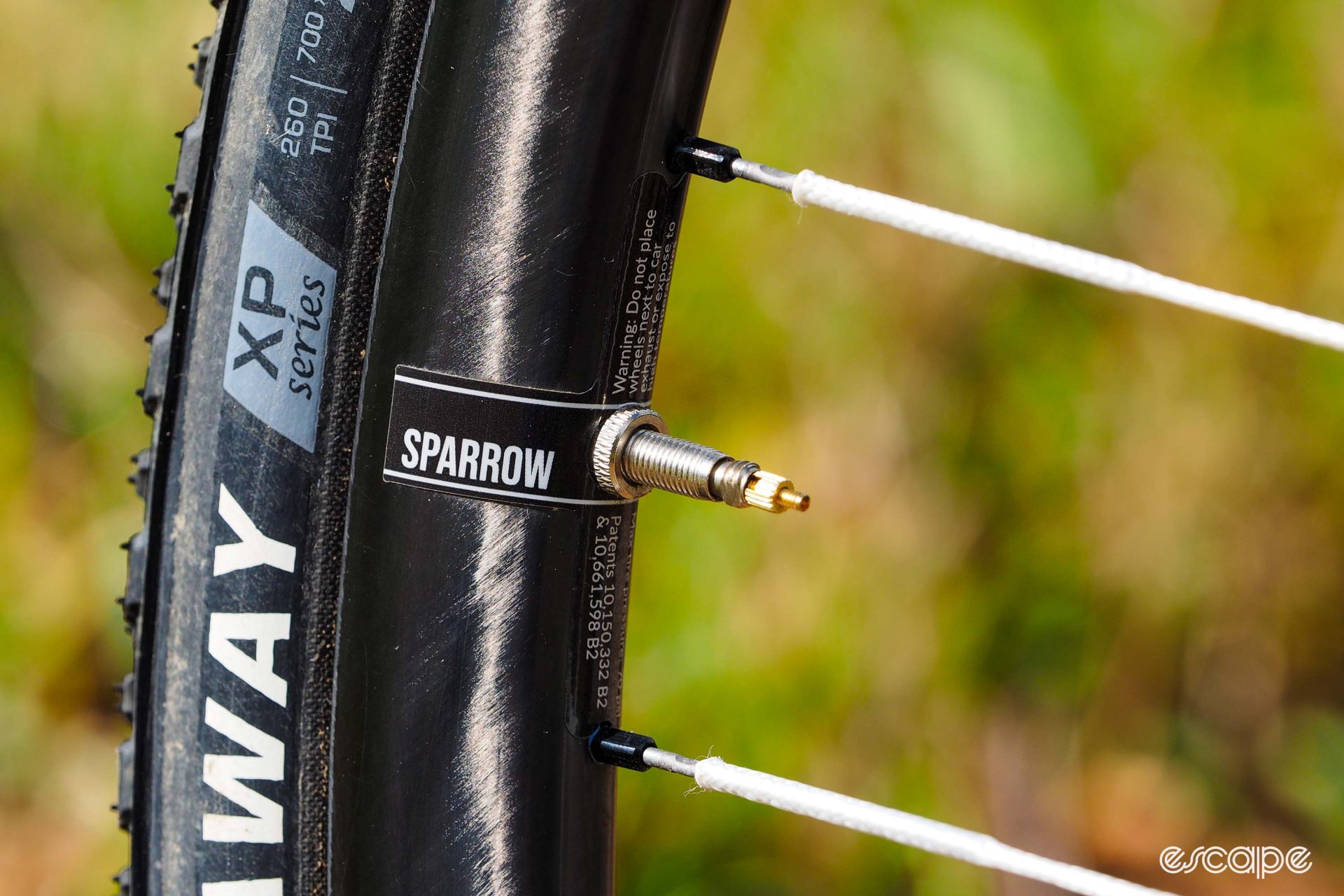

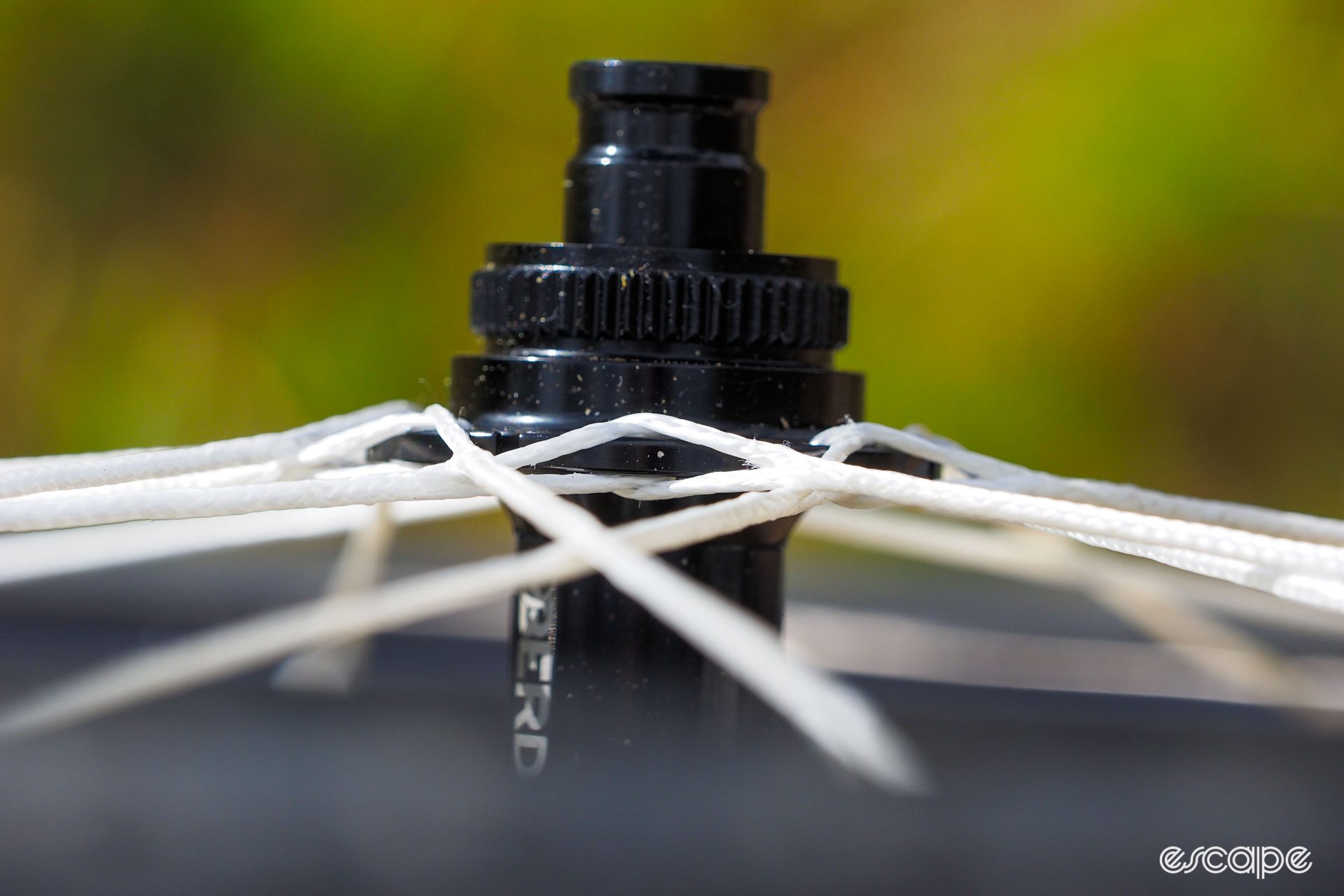
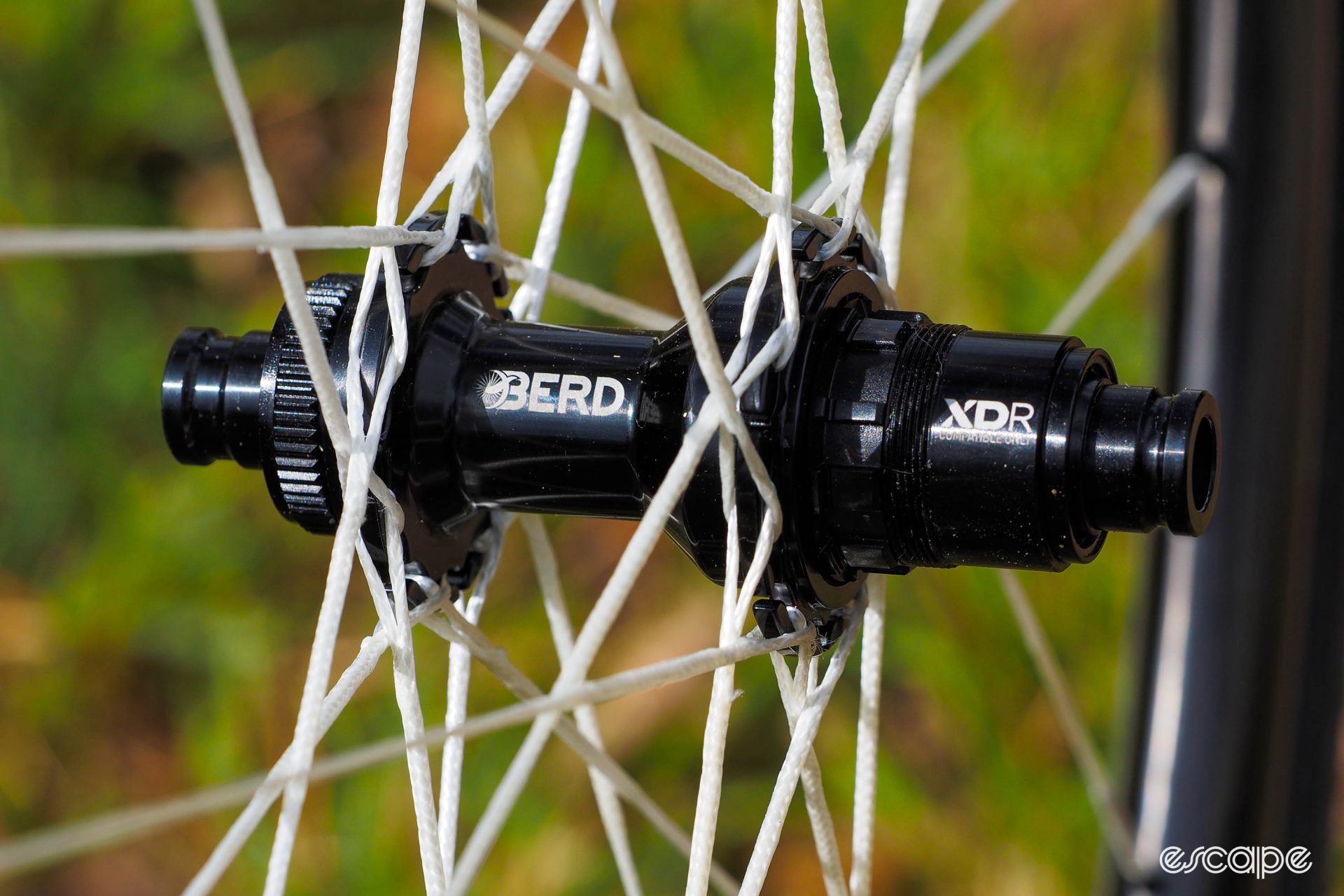
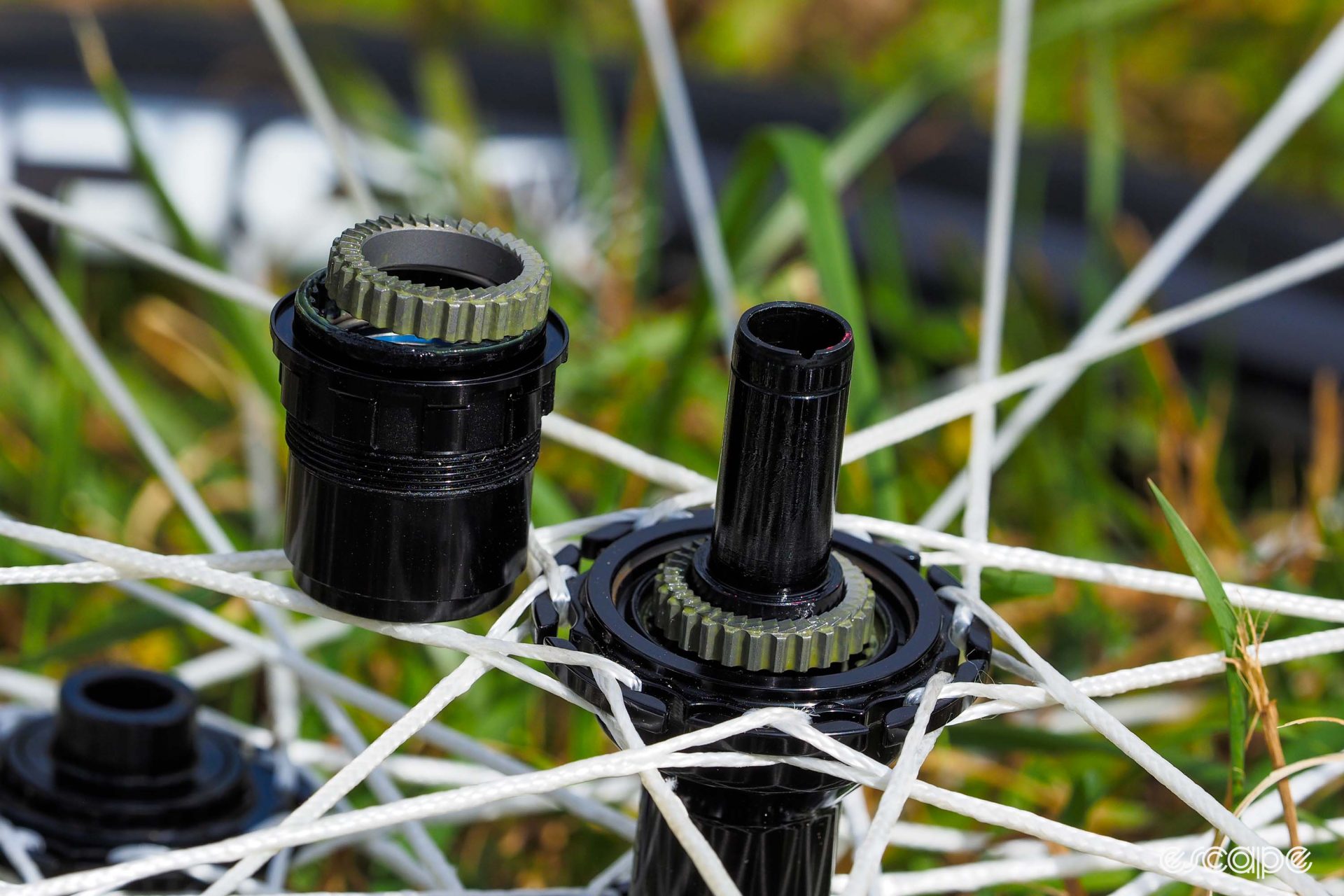
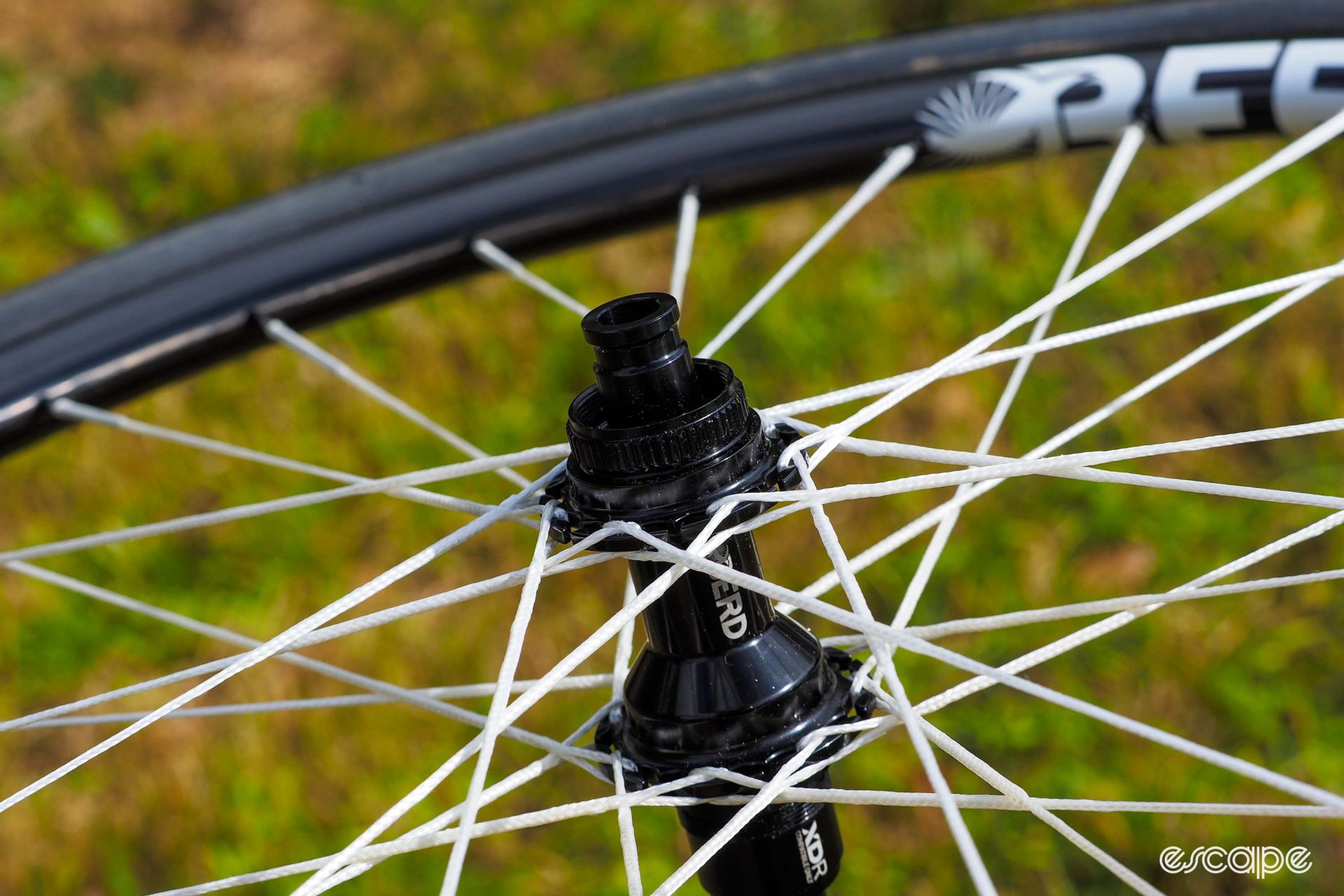
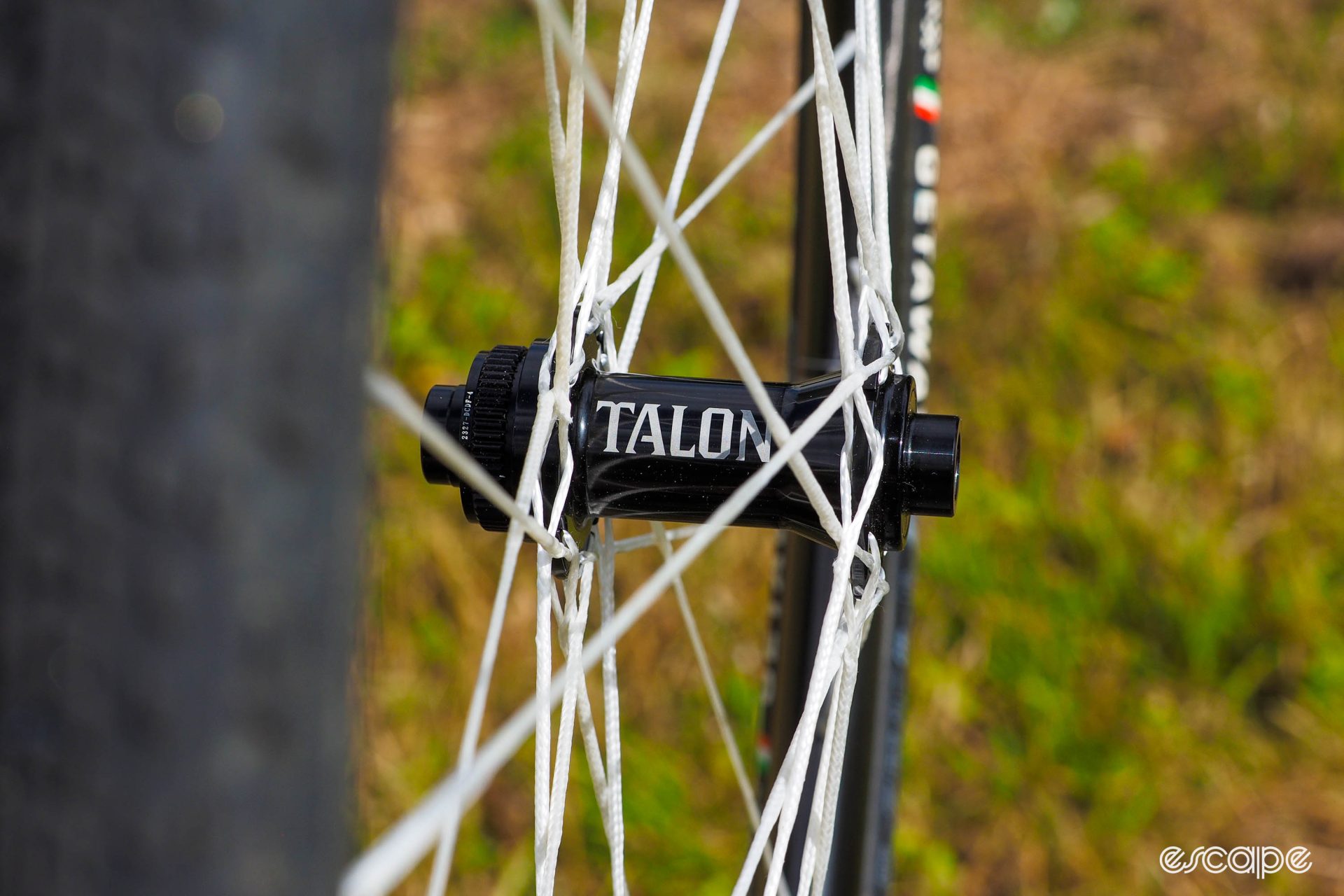
What did you think of this story?
